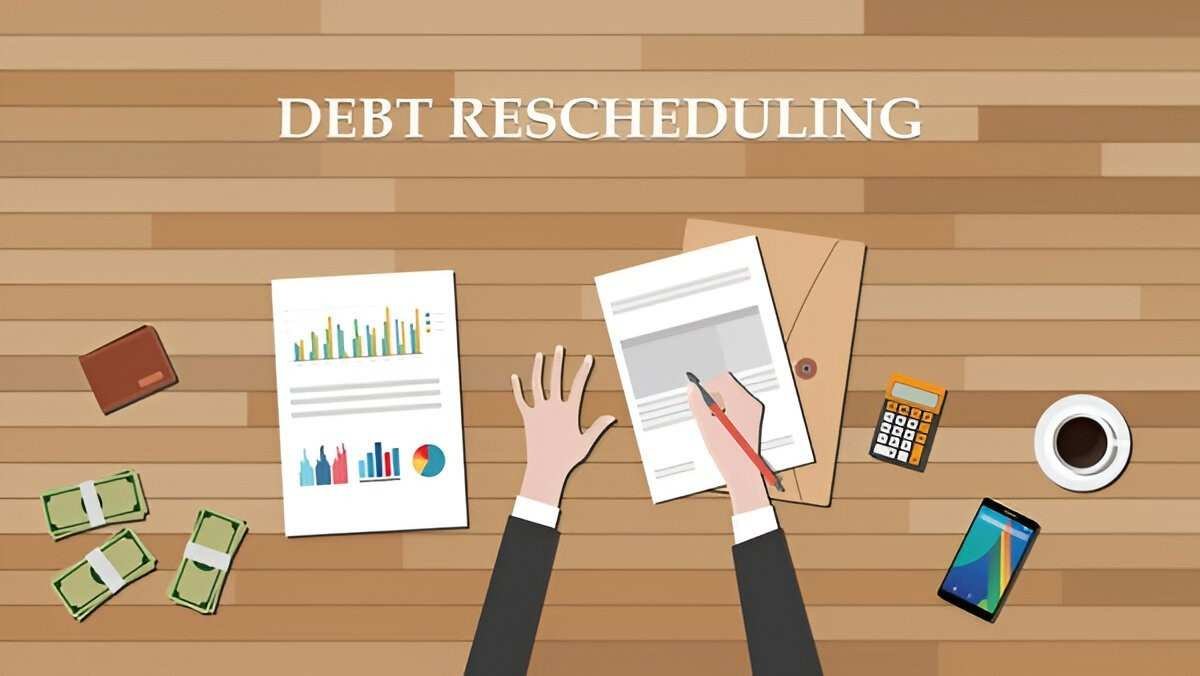Debt rescheduling refers to the process where existing debt obligations are restructured by extending the repayment period, adjusting interest rates, or modifying the terms of debt payments. This financial strategy is used when borrowers face difficulties in meeting their current debt obligations and seek to negotiate new terms with creditors to avoid default.
Table of Contents
Key Aspects of Debt Rescheduling
- Negotiation Process: Involves discussions between borrowers and lenders to reach a revised repayment agreement.
- Objective: Aims to ease financial burden and prevent default by making debt payments more manageable.
Types of Debt Rescheduling
Different Approaches and Methods
- Extension of Repayment Period: Creditors may agree to extend the time frame for repayment, thereby reducing the monthly payment amount.
- Interest Rate Adjustment: Lenders may lower the interest rate charged on the debt, reducing the total amount owed over time.
- Principal Payment Adjustment: In some cases, lenders may agree to defer or reduce the principal amount owed.
Process of Debt Rescheduling
Steps Involved in Rescheduling Debt
- Assessment of Financial Situation: Borrowers assess their current financial status and determine the need for debt rescheduling.
- Negotiation with Creditors: Borrowers and creditors engage in discussions to propose new terms that are mutually acceptable.
- Agreement: Once terms are agreed upon, they are formalized and implemented, often requiring approval from all parties involved.
Examples of Debt Rescheduling
Practical Scenarios and Illustrations
1. Corporate Debt Rescheduling
- Example: A company experiencing cash flow issues negotiates with its creditors to extend the repayment period from 5 years to 10 years.
- Outcome: This adjustment helps the company manage its debt obligations more effectively and maintain financial stability.
2. Personal Debt Rescheduling
- Example: An individual with multiple loans restructures their debts by combining them into a single loan with a lower interest rate.
- Outcome: This simplification of debt payments allows the individual to better manage their finances and avoid default.
Benefits of Debt Rescheduling
Advantages and Positive Outcomes
- Avoids Default: Helps borrowers avoid defaulting on their debt obligations by providing more manageable repayment terms.
- Improves Cash Flow: Rescheduling can free up cash flow by reducing the immediate financial pressure.
- Preserves Credit Rating: Allows borrowers to maintain a positive credit history by meeting revised payment terms.
Considerations and Risks
Potential Challenges and Caution
- Creditor Cooperation: The success of debt rescheduling depends on creditors agreeing to new terms, which may not always be feasible.
- Long-term Costs: While rescheduling can provide short-term relief, it may result in higher total interest payments over time.
Conclusion
Debt rescheduling is a viable option for borrowers facing financial difficulties who need to adjust their debt obligations without defaulting. By renegotiating terms with creditors, borrowers can extend repayment periods, reduce interest rates, or even lower principal amounts owed. Understanding the process and potential benefits of debt rescheduling is essential for individuals and entities seeking to manage debt effectively and restore financial stability.





